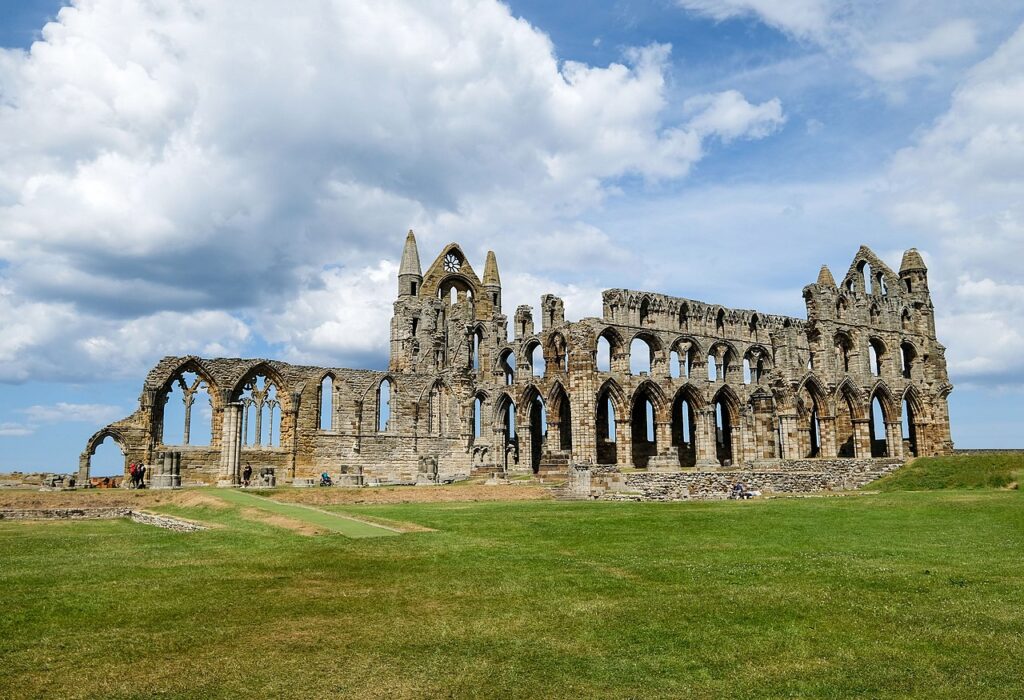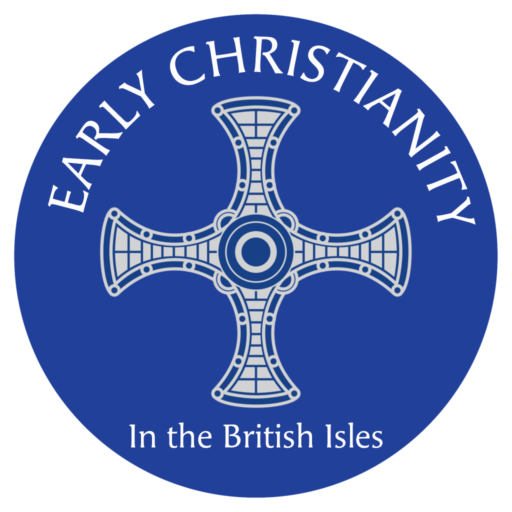Whitby Abbey

Whitby Abbey, perched on the cliffs overlooking the North Sea in North Yorkshire, England, is a site of profound historical and cultural significance. Established in 657 AD by St. Hilda, it was originally known as Streonshalh. The abbey quickly became an influential center of Christianity in the Anglo-Saxon world, serving as a double monastery—one of the few in England during that era.
The concept of a double monastery, where monks and nuns lived in separate but adjacent quarters under the rule of an abbess, was relatively uncommon. Whitby’s double monastery was distinctive because it allowed both men and women to devote themselves to religious life while fostering a scholarly environment. St. Hilda, renowned for her wisdom and piety, was the abbess who oversaw this institution. Her leadership attracted many nobles and scholars, including Cædmon, the earliest English poet whose name is known, who was inspired to compose religious poetry after receiving a divine vision.
One of Whitby Abbey’s most significant contributions to history was the Synod of Whitby in 664 AD. This gathering was crucial in determining the future of Christianity in England, as it resolved a major dispute between Roman and Celtic Christian practices, particularly concerning the calculation of Easter. The synod’s decision to follow Roman customs, supported by St. Hilda, aligned the English Church more closely with mainstream European Christianity.
The abbey thrived until the Viking raids in the 9th century, which led to its destruction. It was later re-established in the 11th century by the Normans, continuing as a monastic site until the Dissolution of the Monasteries under Henry VIII in the 16th century. Today, the majestic ruins of Whitby Abbey remain a symbol of its enduring legacy in the history of English Christianity.
